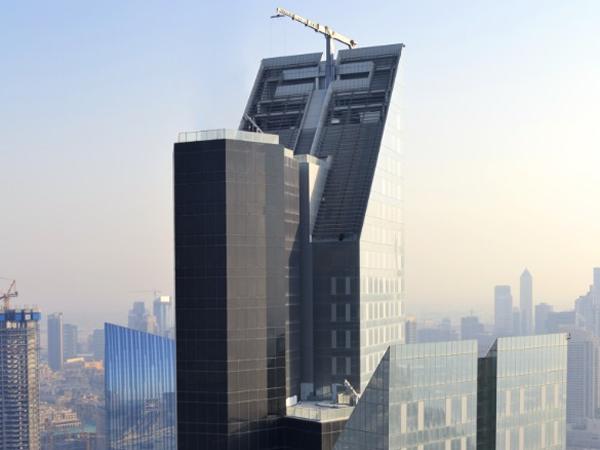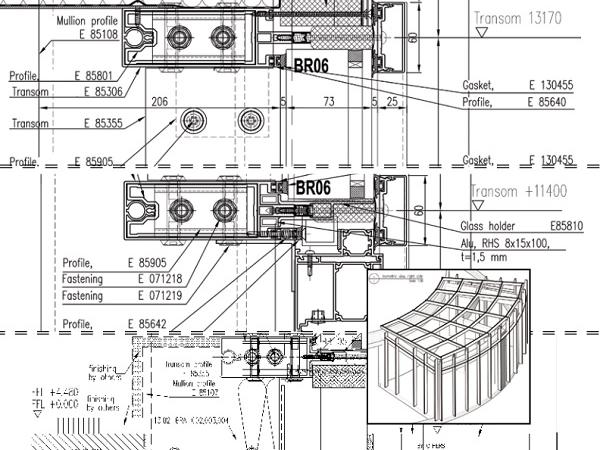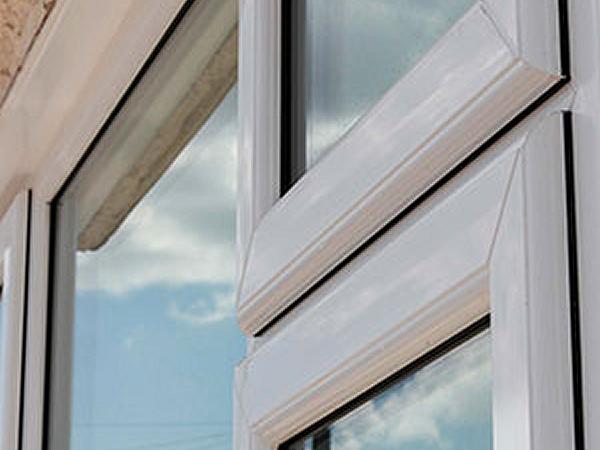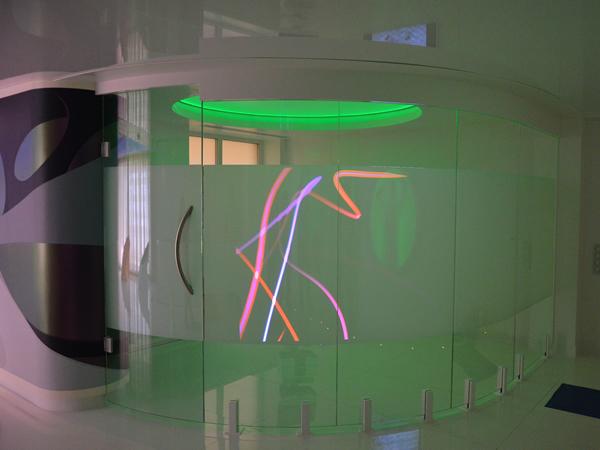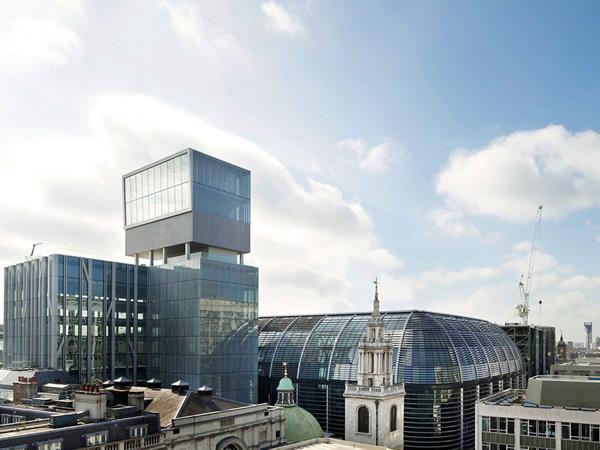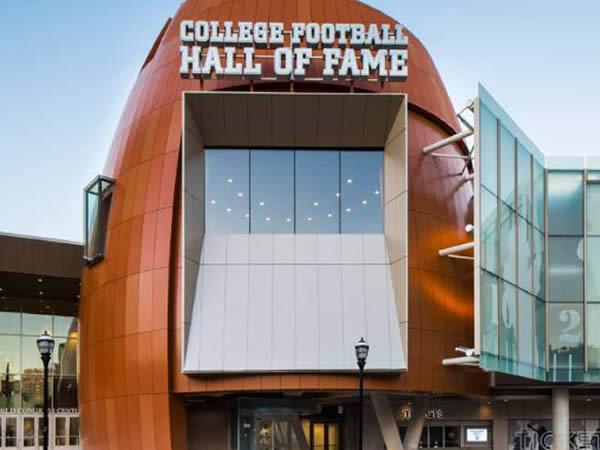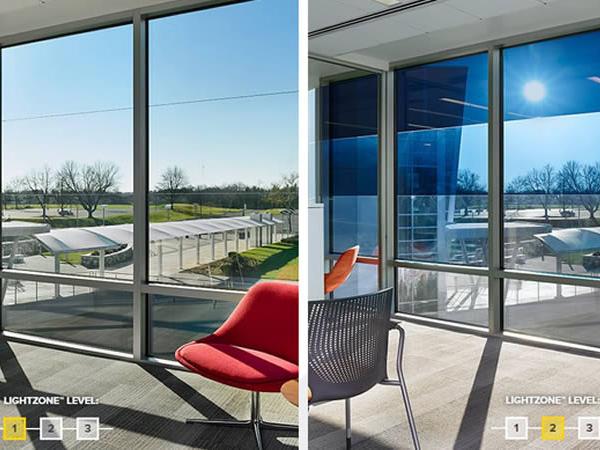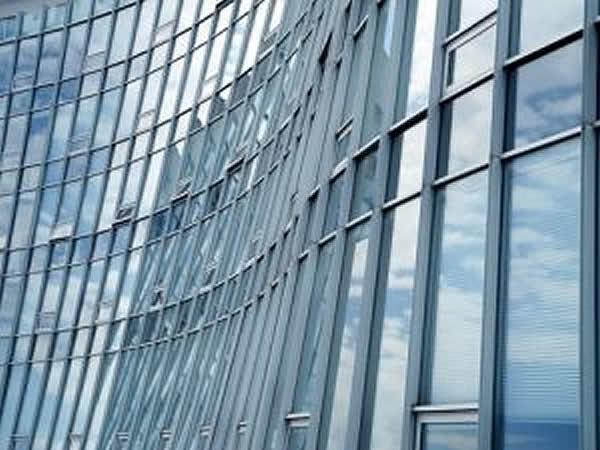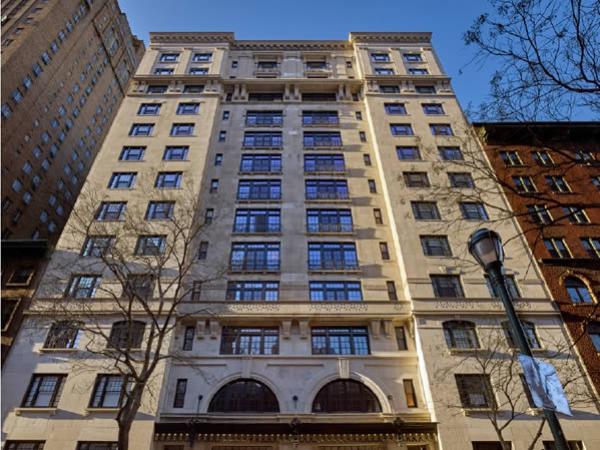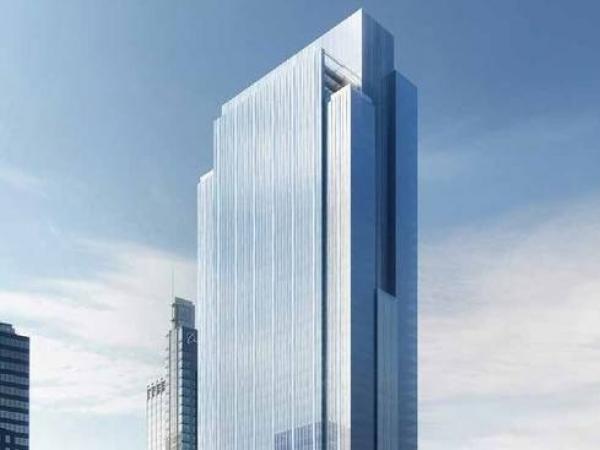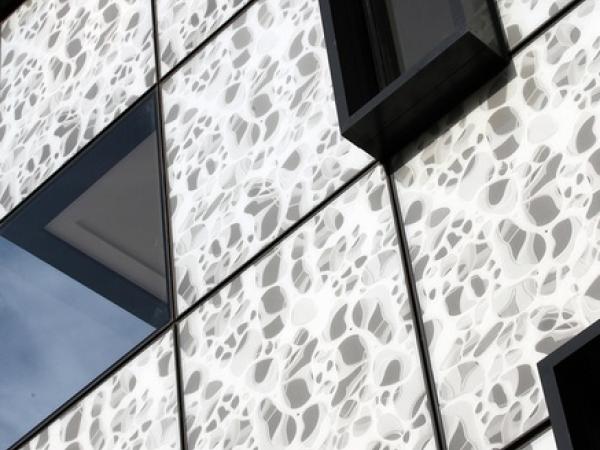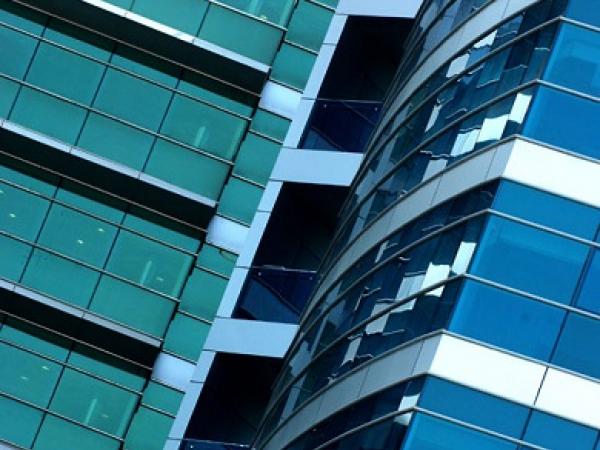Others also read
| To provide you with some guidance in the search for the right facade access solution, we will briefly explain and compare some available options in facade access solutions.
| The façade as a synthesis of building elements, nowadays is the most important building part in terms of performance and architectural design. It is not only the aesthetics that make the façade so significant.
| Double glazing is the practice of using two panes of glazing within your home’s windows as opposed to one.
| With the market value of switchable glass windows expected to reach 5.81 billion USD by 2020, the technology is clearly soaring in demand.
| Switchable glass offers a privacy solution with a surface that is easy to clean and maintain.
| Switchable smart glass technology enables contemporary design with built-in usability that can adapt spaces to users’ needs at the flick of a switch.
| When it comes to glazing your self-build, extension, or renovation project, it’s easy to feel overwhelmed by choice.
| How You Can Benefit From Using Intelligent Glass in Homes
| One way to enhance corporate image through the design of the business premises or office space is to install switchable glass.
| Cladding is more than just a protective skin on the exterior of a building.
| Combining white colour effects with impressive strength-to-weight ratio and excellent postbreakage performance
| Energy regulations in the construction industry are getting harsher, restricting the amount of glass that we can install in a façade.
| TGI-Spacers Played a Key Role in Curtain Wall Vision Glass and Spandrel Panels
| Have you ever wondered exactly what it means when people talk about things like strengthened and chemically treated glass?
| The AGI educational series illustrates and describes common glazing challenges as a means to communicate best practices for the design and construction industry, not as a sole source for design guidance.
| “Fire-protection” vs. “fire-resistive.” How should a building code official understand these often confused terms when considering fire-rated glass?
| Laminated safety glass with SentryGlas® ionoplast interlayer has played a key role in enabling the design of an 100-foot-tall glass fin lobby wall on the 150 North Riverside Plaza office building in Chicago, Illinois, USA.
| Thanks to the committed involvement of architectural offices, university departments and industry associations, glasstec offers some unique added value: the special show: glass technology live!
| sedak GmbH & Co.KG, Germany, operates the largest insulating glass line in the world – about extraordinary glass processing and the role of LiSEC.
| The Station Hotel in Prahran’s Greville Street was a favourite watering hole and stay-over for generations. Its recent revision by architects Interlandi Mantesso sees 41 apartments rise discretely behind the classic Victorian pub facade and an uber-cool, bespoke, Viridian glass shell.
| Stiff PVB is suitable for a much wider range of applications than more traditional PVB interlayers.
| The innovative FINSTRAL window wall system meets demanding requirements – constantly flexible, always individual
| Skaala was founded in 1956 as a one-man company. The father of the two current owners, Hannu and Markku Hautanen, was a carpenter and already in those days, he processed glass while repairing doors and windows.
| Multiple glass options offer customized ways to suit different building needs.

